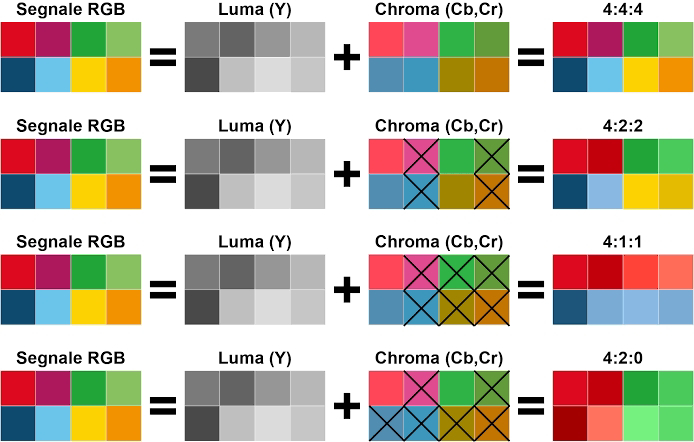Visual that looks pleasing to the eye does not necessarily mean that they have sufficient chroma and luminance information needed for the right color correction process. Codec makes a file smaller because that codec generally discards useless information. For instance, information about chroma red and blue. H264 that’s already been compressed into a smaller file can be uploaded and downloaded quickly. Despite looking just fine to the eye, it won’t provide as much discretion as the RAW files when grading. That happens because it contains only information of the colors displayed, so any adjustment made to the color would mess up the picture. Chroma Subsampling : compression of exposure and color information (can be seen in metadata). § Luminance (Y): represents information about exposure/dark and light. § Chroma Red : represents information about the colors red and green. § Chroma Blue : represents information about the colors blue and yellow.

